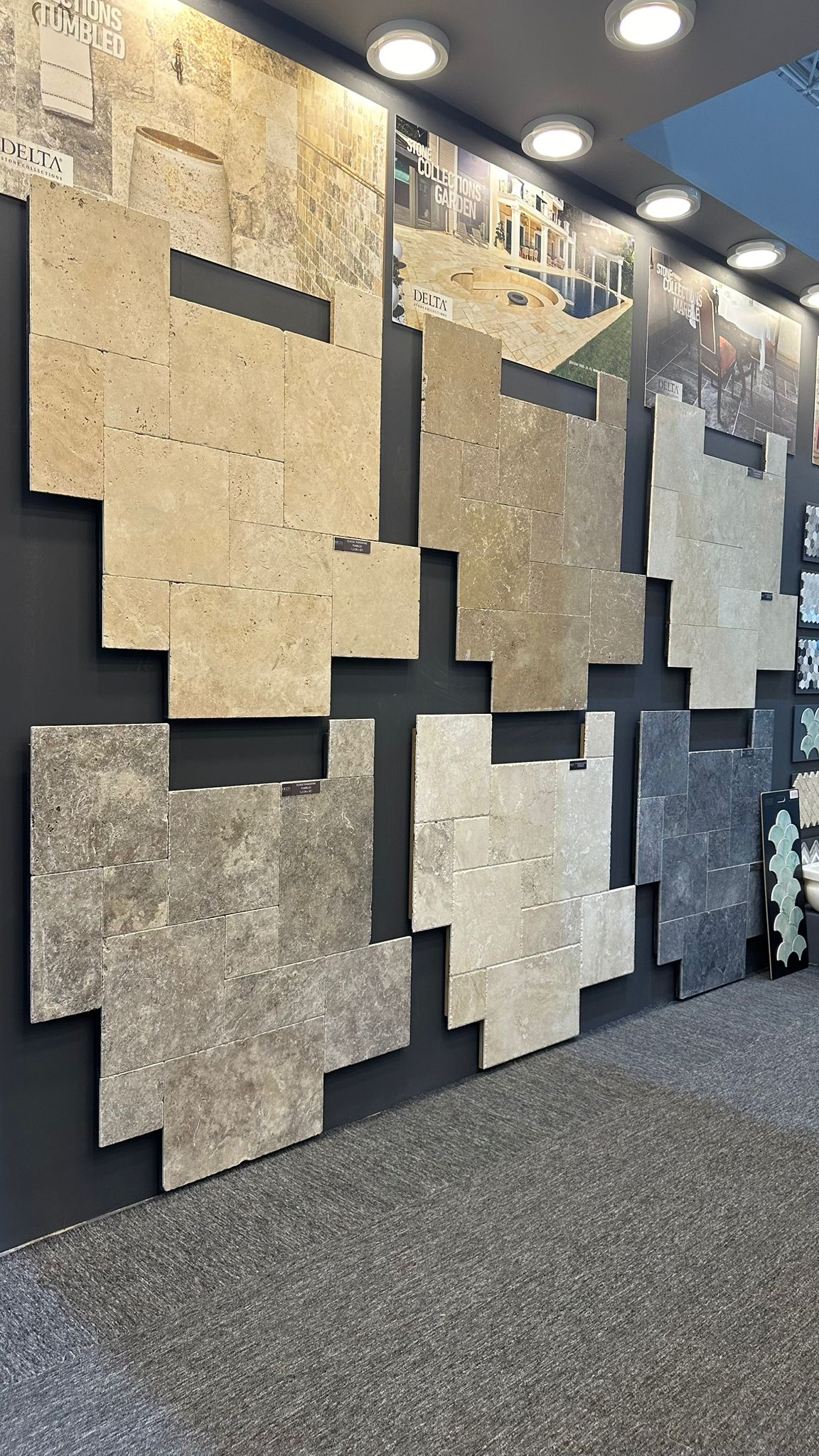What are the types of marble? (Differences, patterns, colours, degrees of hardness)
Marble is divided into several types with different colours, patterns and degrees of hardness.
Here are common marble types and their characteristics:
1. White Marble:
Characteristics: It can vary from pure white to cream colour. It usually has a thin and homogeneous vein structure.
Examples: Carrara marble (Italy), Thassos marble (Greece).
Areas of Use: Sculptures, countertops, floor and wall coverings.
2. Black Marble:
Characteristics: Usually decorated with white or gold coloured veins. It may have a glossy surface.
Examples: Nero Marquina (Spain), Black Marquina (China).
Areas of Use: Floor and wall coverings, worktops, decorative elements.
3. Green Marble:
Characteristics: It can have different shades of green. It can be decorated with white, black or gold veins.
Examples: Verde Alpi (Italy), Verde Guatemala (Guatemala).
Areas of Use: Floor coverings, wall coverings, furniture tops.
4. Beige Marble:
Characteristics: Beige, cream and light brown tones. It has a homogeneous or veined structure.
Examples: Botticino (Italy), Crema Marfil (Spain).
Areas of Use: Floor and wall coverings, worktops, washbasins.
5. Red Marble:
Characteristics: It can be in various shades of red. It is decorated with white or grey veins.
Examples: Rosso Levanto (Italy), Rojo Alicante (Spain).
Areas of Use: Decorative elements, floor coverings, wall coverings.
6. Blue Marble:
Characteristics: Can be in blue and grey tones. Usually decorated with white or gold veins.
Examples: Azul Macaubas (Brazil), Blue Venato (Italy).
Areas of Use: Floor and wall coverings, decorative elements.
7. Brown Marble:
Characteristics: It can be in various shades of brown. It is decorated with white, grey or golden veins.
Examples: Emperador Dark (Spain), Marron Cohiba (Cuba).
Areas of Use: Floor coverings, wall coverings, worktops.
Marble Hardness Degrees:
Marble is usually between 34 on the Mohs hardness scale. This indicates that marble is moderately resistant to scratching. However, this hardness level is usually sufficient according to the area of use.
Marble Patterns:
Veined Marble: It is usually decorated with thin, thick, straight or curved veins. It provides the characteristic appearance of marble.
Homogenous Marble: It can be less veined or completely veinless. It has a flat and monochromatic structure.
This wide variety of marble offers suitable options for different decorative and architectural projects. Which type of marble to choose depends on the area of use and the desired aesthetic appearance.
Please see our marble varieties page to examine our marble varieties.
Please see our marble varieties page to examine our marble varieties.




